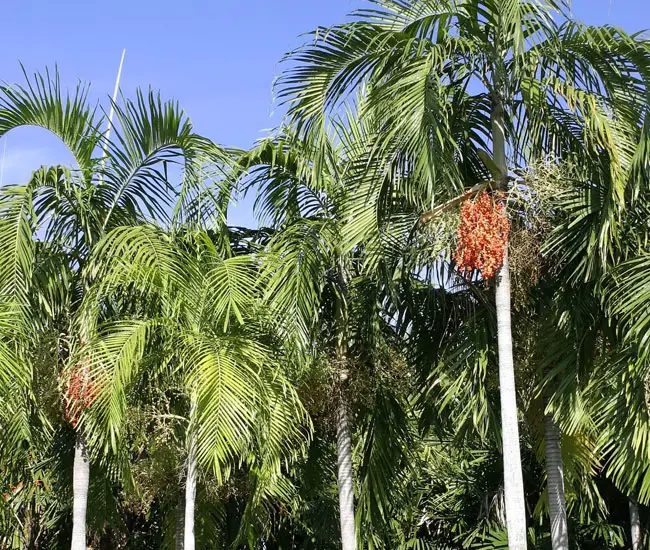
The Carpentaria Palm Tree, scientifically known as Carpentaria acuminata, holds a prominent place in Florida landscapes and is often utilized in group plantings to create a tropical forest-like ambiance. This palm shares several similarities with the Christmas Palm.
Native to the rainforest regions of Australia’s Northern Territory, the Carpentaria Palm thrives in flat lowland areas near lakes, rivers, and the heads of saltwater estuaries.
Quick Facts:
| Scientific name: | Carpentaria acuminata |
| Common names: | Carpentaria Palm |
| Origin: | Native to the rain forest areas of Australia’s Northern Territory. |
| Growth Rate: | Moderate to Fast. Up to 30-40 ft tall and 10-15 ft wide. |
| Cold Tolerance: | USDA Zones 10b (35 – 40 F) to 11 (above 40 F). |
| Light Req: | Partial shade to full sun. |
| Water Req: | High |
| Soil Req: | Widely adaptable |
| Fruit: | Yes. Red. Not edible. |
| Propagation: | By seed, witch germinates readily when fresh in 1-3 months. |
Carpentaria Palm Appearance
Its distinct features include a smooth, single trunk with widely spaced old leaf scars, resulting from its rapid growth. The trunk, measuring about 10 inches in diameter, features a slight swelling at the base and is crowned with a stunning array of gracefully arching fronds.
Typically, the Carpentaria Palm boasts 10-12 pinnate leaves, each with 90-100 leaflets. These leaves emerge from a smooth, green crownshaft that can extend up to 6 feet in length. Their upper surfaces are a deep green, contrasting with a blue-green underside.
Flowers and Fruits of the Carpentaria Palm
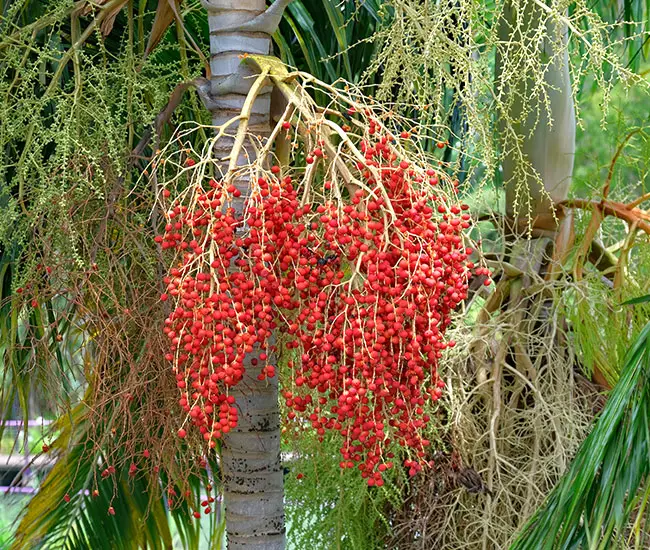
Throughout the year, this palm produces exquisite green to white flowers. These flowers are borne on long inflorescences that extend from beneath the crownshaft, reaching up to 4 feet in length. Notably, the inflorescences bear both male and female flowers, making them bisexual.
Following 5-6 years of growth, the Carpentaria Palm yields brilliant red fruits, which hang in sizable clusters from the trunk. These oval fruits, measuring about 1/5 inch in length, should be avoided, as their juice can cause skin irritation.
How To Grow Carpentaria Palm
Carpentaria acuminata is a fast-growing palm that can attain heights of 20-30 feet and spread 5-10 feet wide. It thrives in full sun or partial shade but exhibits limited cold hardiness, tolerating temperatures down to 35°F.
Therefore, it is well-suited for USDA Zones 10b (with temperatures ranging from 35 to 40°F) to 11 (above 40°F).
Moist, well-drained soil is ideal for the Carpentaria Palm, which is less tolerant of drought conditions. Its nutrient requirements may necessitate a richer soil than what many Florida landscapes naturally offer.
One notable advantage of the Carpentaria palm is its resilience against diseases. To maintain optimal health, it is advisable to apply a high-quality palm fertilizer with a continuous-release formula twice a year during the growing season.
Carpentaria Palm Propagation
Propagation is typically achieved through seeds, which should be sown promptly, as Carpentaria seeds do not store well. Handling these seeds requires gloves due to the potential for skin irritation caused by the fruit’s juice.
Seeds should be planted in shallow containers filled with a mixture of 50% peat moss and 50% perlite, barely covering them. Germination typically occurs within 2 to 3 months, but cooler temperatures may delay this process for up to one year. Seedlings should be kept consistently moist.
Once seedlings reach a height of 5 to 6 inches, they can be transplanted into 4 or 6-inch containers filled with a well-draining potting mix. Fertilization should commence immediately, using slow-release fertilizers suitable for foliage production. Incorporating micro-elements into the soil mix is essential.
Young plants thrive best in 30% to 50% shade, and as their roots fill the soil ball, they can be transferred to larger pots. As the palm matures, it can be transitioned to full sun conditions.
Carpentaria Palm Pictures
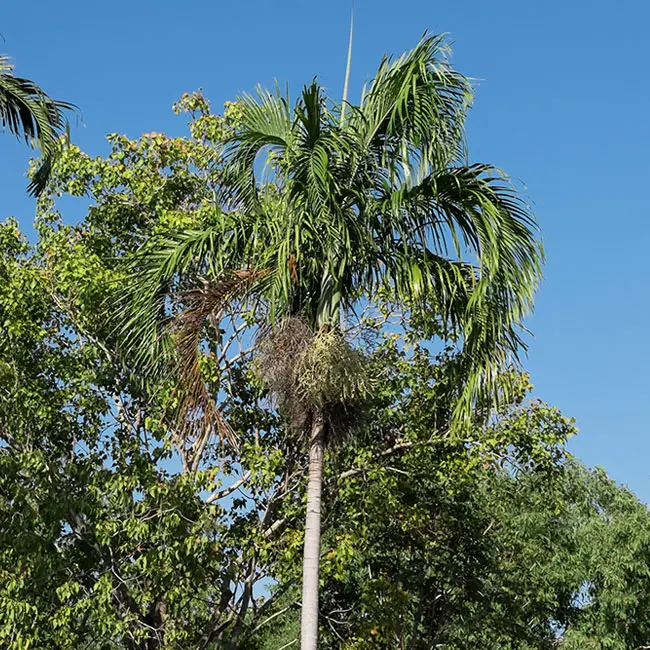
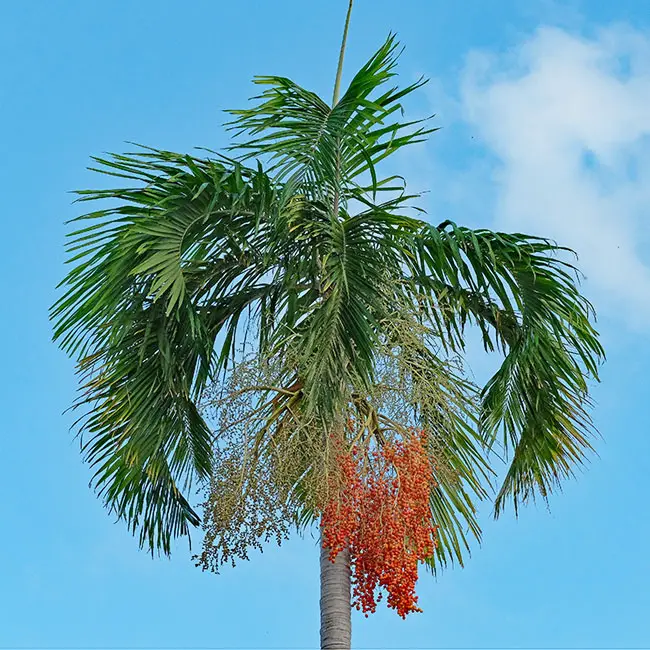
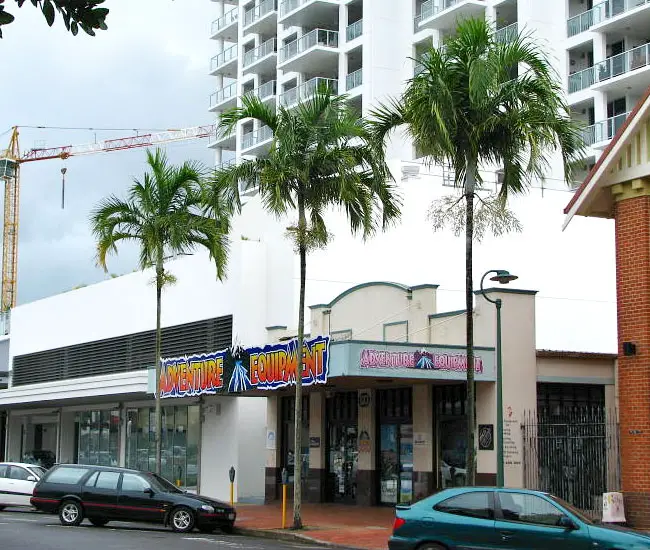
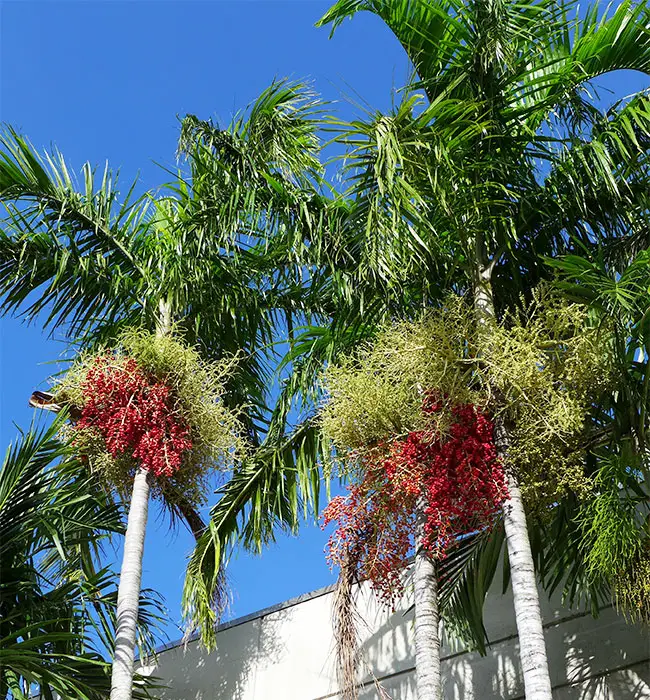
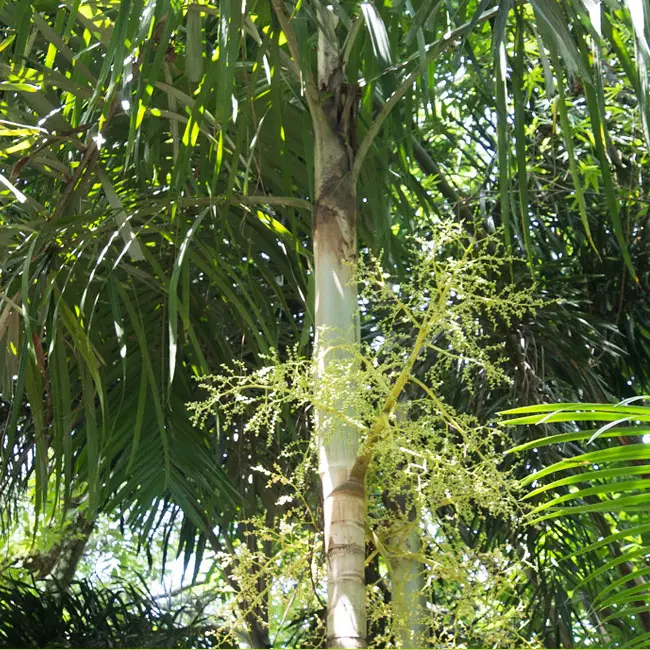
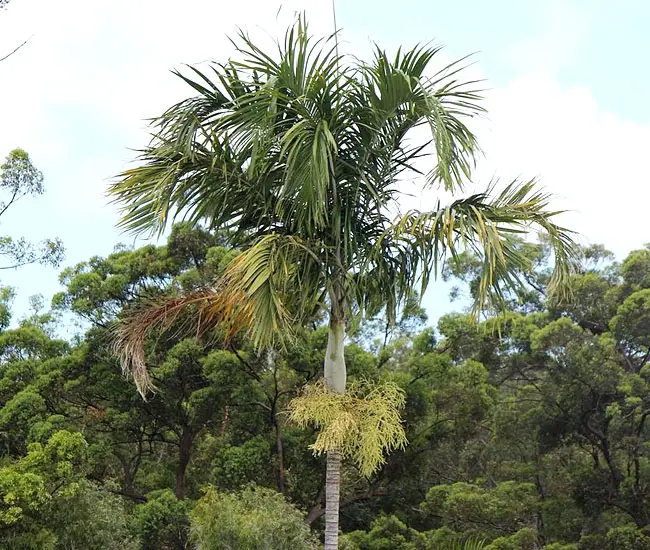
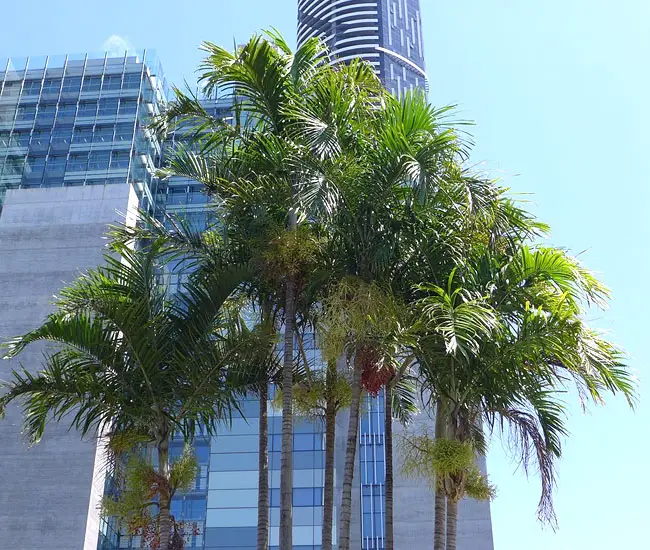
More information can be found on EDIS and Floridata sites.

Comments are closed.